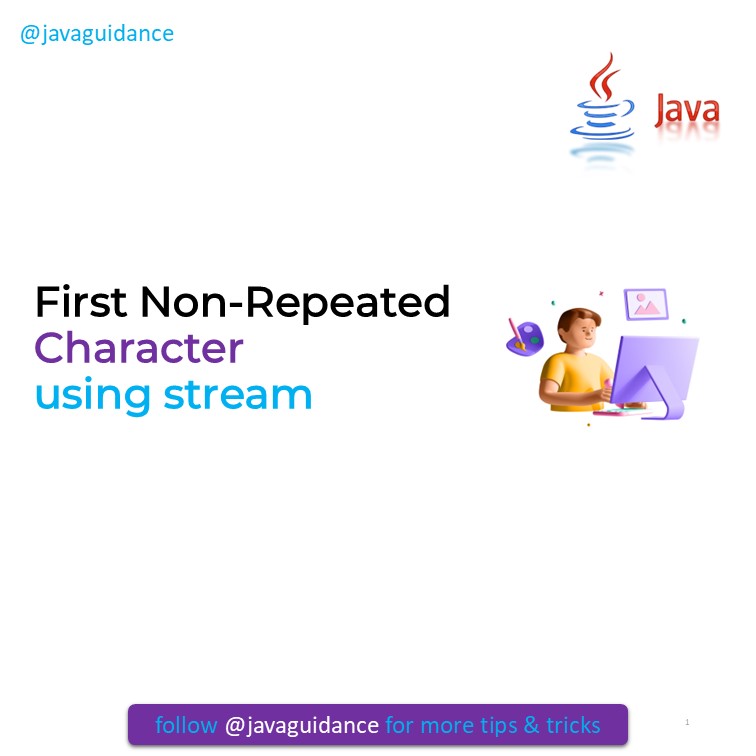Demystifying the Java Code: Filtering Prime Numbers with Streams
Have you ever encountered a piece of Java code that left you scratching your head? Fear not, for today we’re going to unravel the intricacies of a seemingly complex code snippet that filters prime numbers using Java streams. Whether you’re a seasoned programmer or just starting your coding journey, this article will break down the code step by step, making it crystal clear even for java beginners.
The Code Explained: Filtering Prime Numbers
List<Integer> numbers = Arrays.asList(2, 3, 4, 5, 6, 7); List<Integer> primes = numbers.stream() .filter(n -> IntStream.rangeClosed(2, (int) Math.sqrt(n)) .allMatch(i -> n % i != 0)) .collect(Collectors.toList());
Understanding the Purpose
This java code snippet serves a specific purpose: to filter out prime numbers from a given list of integers. Let’s break it down further to comprehend the mechanics behind each step.
Step 1: Creating the List
At the beginning of the java code, we create a list of integers named numbers. In this example, we have included a series of integers, namely 2, 3, 4, 5, 6, and 7. These are the numbers from which we want to filter out the prime numbers.
Step 2: The Stream
The real magic begins with the introduction of Java streams. We call the stream() method on the numbers list, which transforms it into a stream of elements. Streams allow us to perform operations on the elements in a concise and functional manner.
Step 3: Filtering with Lambda
In this step, we utilize the filter operation provided by streams. Within the filter operation, we define a lambda expression that takes an integer n as input and returns a boolean value. The lambda expression checks whether all the values within a range satisfy a specific condition.
Step 4: Prime Number Check
The heart of the java code lies within the lambda expression. We use the IntStream.rangeClosed() method to generate a range of integers from 2 to the square root of n. For each number i in this range, we check whether n is divisible evenly by i using the expression n % i != 0. If this condition holds true for all values of i, then n is deemed a prime number.
Step 5: Collecting the Results
Once the filtering is complete, the .collect(Collectors.toList()) operation gathers the prime numbers obtained from the stream and stores them in the primes list. This list now holds the prime numbers extracted from the original numbers list.
Conclusion
Congratulations! You’ve successfully demystified the given Java code snippet that filters prime numbers using streams. By breaking down each step and explaining the purpose behind it, we’ve made the complex code easy to understand for both beginners and experienced programmers alike.
Remember, Java streams are a powerful tool for processing data in a functional and elegant manner. By mastering the art of stream operations, you’ll be well-equipped to tackle a wide range of coding challenges.



